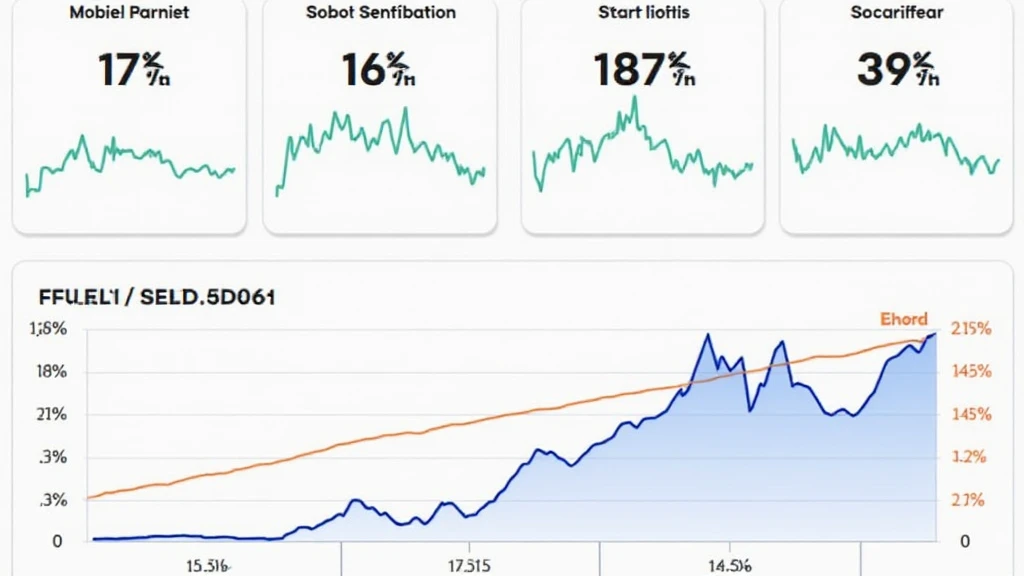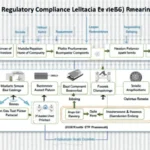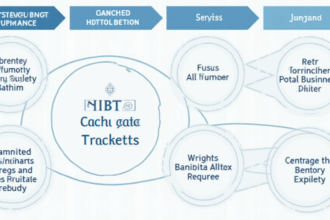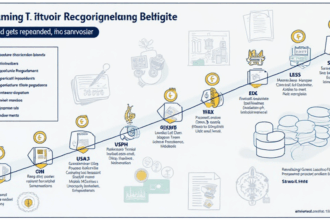Introduction
With $4.1 billion lost to DeFi hacks in 2024, understanding Bitcoin market sentiment indicators has never been more critical for investors looking to secure their digital assets. In the volatile world of cryptocurrency, sentiment forms the bedrock of trading strategies, influencing both price movements and market dynamics. This guide explores how sentiment indicators operate, their relevance in market predictions, and how they can be utilized by traders to navigate the complexities of the Bitcoin market.
What Are Bitcoin Market Sentiment Indicators?
Market sentiment indicators reflect the overall attitude of traders and investors towards Bitcoin. They can provide insights into potential market movements and help in making informed decisions. These indicators can be broadly classified into two categories:
- Technical Indicators: Derived from historical price data, they analyze trends, volume, and volatility.
- Sentiment Analysis: Based on real-time social media activity, news events, and market psychology.
For instance, a surge in positive social media sentiment often correlates with upward price movement, while negative sentiments might predict downturns.

Why Sentiment Matters
Understanding Bitcoin market sentiment is crucial for several reasons:
- Market Timing: Identifying the right time to buy or sell based on prevailing sentiment.
- Risk Management: Adjusting investment strategies based on how the market feels.
- Trend Prediction: Using sentiment to forecast potential market trends.
Like a bank vault for digital assets, knowing when sentiment is bullish or bearish allows investors to secure their holdings and make timely decisions.
Key Bitcoin Market Sentiment Indicators
Several indicators can provide insight into market sentiment.
1. Fear and Greed Index
The Fear and Greed Index is a popular tool that measures market sentiment on a scale of 0 to 100, with 0 indicating extreme fear and 100 indicating extreme greed. A reading below 25 suggests fear might dominate the market, while a reading above 75 indicates a state of greed.
2. Social Media Sentiment Analysis
Tracking mentions, hashtags, and general sentiment on platforms like Twitter and Reddit can provide a sense of community sentiment. Tools such as Sentiment Analysis from LunarCRUSH or CryptoSentiment can help.
3. On-Chain Data Analysis
On-chain metrics, such as the number of active addresses, transaction volumes, and changes in Bitcoin’s supply on exchanges, can hint at market sentiment. For example:
| Metric | Value |
|---|---|
| Active Addresses | 800,000 |
| Transactions Per Day | 300,000 |
| Exchange Supply Change | -10% Monthly |
Source: Glassnode Data
4. Google Trends
Search interest in Bitcoin during specific time periods may provide insights into market sentiment. Increasing interest may suggest potential buying pressure.
Using Sentiment Indicators Effectively
Integrating market sentiment indicators into your trading strategy can enhance your decision-making process. Here’s how:
- Diversification: Combine different indicators for a more holistic view.
- Backtesting: Utilize historical data to validate your strategies based on these indicators.
- Stay Updated: Monitor news, events, and regulations that can shift sentiment rapidly.
In Vietnam, the user growth rate in the cryptocurrency sector has surged, making it even more crucial to leverage sentiment analysis among traders looking to understand their market better. The rapid uptake in digital assets demands that traders stay informed about the indicators that shape market movements.
Challenges in Sentiment Analysis
While sentiment analysis is beneficial, it comes with its challenges:
- Noisy Data: Social media can sometimes produce misleading sentiments.
- Short-Term vs. Long-Term: Traders must be careful to distinguish short-term noise from long-term trends.
- Cultural Factors: Different regions, like Vietnam, may have unique influences on market sentiment.
Conclusion
In the volatile landscape of Bitcoin trading, understanding market sentiment indicators is crucial for navigating investments wisely. By utilizing tools like the Fear and Greed Index, social media sentiment analysis, on-chain metrics, and Google Trends, you can better position yourself to make informed decisions. Remember, the sentiment shifts as fast as the market itself, so stay vigilant and continuously educate yourself. As we enter 2025, those armed with knowledge of Bitcoin market sentiment indicators will be better equipped to anticipate changes and seize opportunities.
For further insights and data-driven strategies, visit bitcryptodeposit. Stay ahead of market trends and maximize your investment potential.
Written by Dr. Alex Smith, a cryptocurrency analyst with over 15 published papers in blockchain technology and has led audits for notable projects in the NFT space.







